This seven-day drive—from Chepstow, to the north coast, and down to Cardiff—centers on medieval castles and opulent manor houses for a memorable honeymoon or anniversary trip. Plus: Celebration Traveler Guide Grand Tour: Wales
By Donna Peck
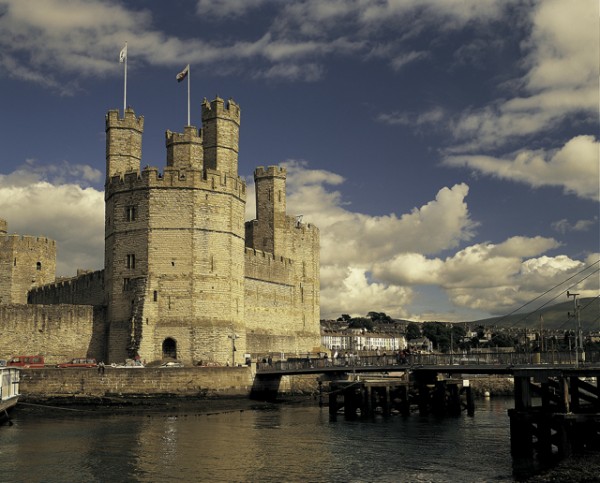
Strike up the harp; break open the ale. In castle banquet hall, country manor and village pub; the Welsh see to the comforts of travelers. Visitors are welcomed with as much fanfare as, say, a retinue of merry knights. Like its castles, Welsh hospitality is authentic and well-preserved. The pleasures of eating, drinking in convivial company can hardly be overstated. Your goblet is never empty.

Begin in the south at Chepstow, the ancient gateway to Wales, where in the 11th century the Normans built the first stone castle. The plain solid rock marks a bloody page in history, which exhibits vividly depict.
Back in the sunlight, follow the well-trod trail to Tintern Abbey, by far the best way to take in the River Wye’s serene beauty. To gaze across the river bank to the ruins of this 12th century abbey church is to feel the transcendent well-being that William Wordsworth described in “Lines Composed A Few Miles Above Tintern Abbey.”
Abergavenny & Hay on Wye
“Tranquil restoration,” in Wordsworth’s words, is what every traveler needs at the end of a day of sightseeing. Llansantffraed Court Hotel, more a stately home than a hotel, is run by the Morgan family. The Raglan Suite on the first floor has a king-size four poster bed and views over the lawn and lake.
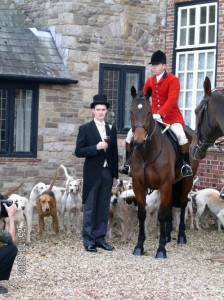
The Morgans often recommend dinner at the Hardwick in Abergavenny. The Hardwick is a traditional country pub with an award-winning menu. The Herefordshire beef is delicious as is the roast loin of Welsh pork with coco beans, spinach and pancetta. One local cheese to savor is caerphilly: a mild white cheese with a crumbly texture.
Hay on Wye, the booksellers village, is a worthy stop on the north-bound route. Poke around the secondhand book stalls and gloat over your purchases at a homey tea shop. Often the plainest establishments serve the best Bara Brith, a moist brown bread that travelers crave and want the recipe for.
On the approach to Llangoed Hall, the country estate hotel once owned by the late Sir Bernard and Laura Ashley, Welsh ponies grazing in the meadow may lift their heads. Elanbach fabrics decorate each one of the 23 bedrooms.
Fireplaces crackle in every room of the hall. The sitting rooms may appear frilly, a bit over-decorated, but are as welcoming as you can imagine. A genteel hush prevails in the daytime, perfect for reading a novel. When night falls and guests gather, the atmosphere is lively and the pace of dinner leisurely.
The wholesome lifestyle attached to country estates is remarkably easy to fall into. Don a Barbour jacket and Welsh cap and you are perfectly attired for roaming the vales and creekside trails. Push off as soon as the sun is up. The stout, sturdy ponies whinny and swish their tails as you approach. A footpath leads along the stream to a waterfall, with a musical flow as lighthearted and gay as a troubadour’s tambourine.
Brecon Beacons National Park lies close by and offers easy walks along Glyndwr’s Way and the Llyn Clywedog Nature Trail. In a remote corner of the Brecon Beacons, a path climbs to Carreg Cennen Castle, a Welsh hillfort from around 1300. The moors below Carreg Cennen Castle no longer host enemy encampments but on stormy days, the wind wages war against the bare rock and holds hikers under siege.
North Coast
Castles dominate the north coast of Wales. The great fortresses of Conwy and Caernarfon stand as relics of medieval Europe, unbowed by time. As you enter Conwy Castle’s maze of passages, chambers and grand halls, you tread in the footsteps of Edward I, relentless and cruel in his conquest of Wales. He built Conwy, Caernarfon, Beaumaris and Harlech. The guard walk opens to views of the broad estuary, a suspension bridge and the medieval village of Conwy. The official Town Trail follows the ancient wall that still encircles this 13th century town.
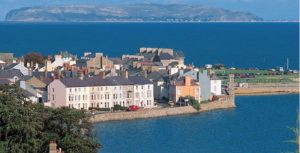
A lively stop on the Isle of Anglesey is the village of Beaumaris, which also has a castle. Olde Bulls Head Inn is the favorite haunt of my Welsh friends. You’ll enjoy the refreshment and merriment. The seawall ends at Beaumaris Castle, its gray walls as moody and foreboding as the sea.
The jewel of the north coast castles is Caernarfon, Edward I’s military stronghold and dream castle. He called it ‘the fairest that ever man saw.’ His son, Edward II, was born at Caernarfon Castle and was the first English prince to be invested as the Prince of Wales.
Celtic Comforts
Bodysgallen Hall offers the best lodging on the north coast. Acres of garden paths and wooded parkland rest peacefully under the eye of Mount Snowdon. A few cottages have private gardens.
Settling in requires afternoon tea in the front parlor. The oversized chintz armchairs by the window beckon and in three shakes of a lamb’s tail, as they say, a pot of Earl Grey arrives with warm scones and clotted cream.

In the evening, guests dine in the main hall on Welsh lamb topped with morels, and smoked trout. Also on the menu is Pembrokeshire turkey with port and cranberry sauce. By the time the kitchen staff bustles in with apple cobbler and brandy, guests are deep in conversation about the day’s adventures.
The dinner talk may prompt an unplanned ride aboard the Mount Snowdon Railway. Since 1896, trains have chugged to the 3,560-foot summit on the same rack-and-pinion railway. As the red line of cars climbed higher, Mount Snowdon burst from the clouds. Everyone on board pressed their faces to the windows. We felt lucky. A thick mist often mars the dramatic scenery. At the summit, a trail leads to the official high point. The cold cuts through clothing, but the tearoom inside the visitors center delivers “tranquil restoration” in a steaming pot of Earl Grey.
Llyn Peninsula on the south-bound route leads to Wales’s most eccentric village, the set for the 1960s TV drama, “The Prisoner.” There’s much to ogle in Portmeirion. The village is a labyrinth of neighborhoods, each with its own architectural theme and cluster of cottages. The hand-crafted accommodations feature salvage from the London Blitz that Clough Williams-Ellis artfully placed. The architect was an astute collector with a good eye for design.
The Portmeirion pottery shop dominates the main square and is filled with hard-to-get pieces in unique patterns. Dinner at the Hotel is, of course, served on Portmeirion china. The dining room faces the sea shore, and you can easily while away the evening hours reminiscing about the day’s adventure and savoring sole almondine and parsley potatoes.
Cardiff
Cardiff is the terminus of the grand tour which begs for a grand finale. Tenor Bryn Terfel and many fine Welsh choirs perform at St. David’s Hall, the national concert hall. Some concerts feature the world-famous Welsh triple harp. Another uplifting experience is to stand beneath a bell tower at evensong. Everyone falls under the spell of change ringing, the art of ringing a set of tuned bells in a series of patterns called “changes.” Llandaff Cathedral rings the bells at evensong services and the sound is best from the west end of the Cathedral.
The modern St. David’s Hotel and Spa on Cardiff Bay has corner rooms with massive ceiling-high windows. The heady sea-to-sky experience makes it difficult to notice anything in the room. Everything is there, including two plush bathrobes. Settling in at St. David’s requires a swim in the blue-tiled hydrotherapy pools. The Welsh have a knack for making you feel merry. Here’s to living life with a full goblet. Cheers or Lechyd da (pronounced yakki dah) as they say in Wales.
Author Donna Peck took a road trip with friends around the country, recited Wordsworth top Mount Snowdon. Photography: Visit Wales.
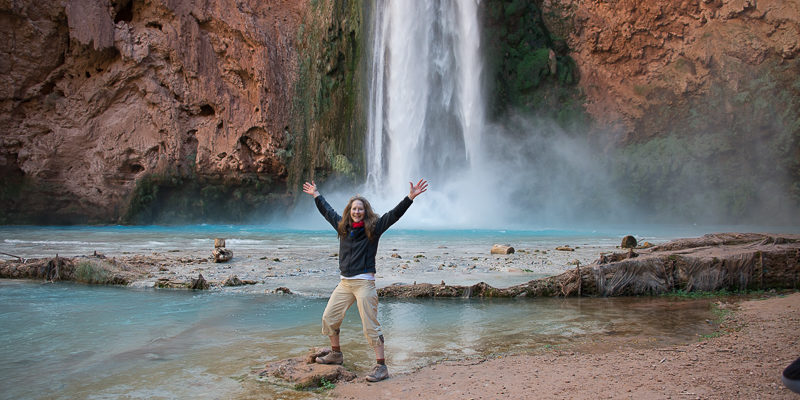
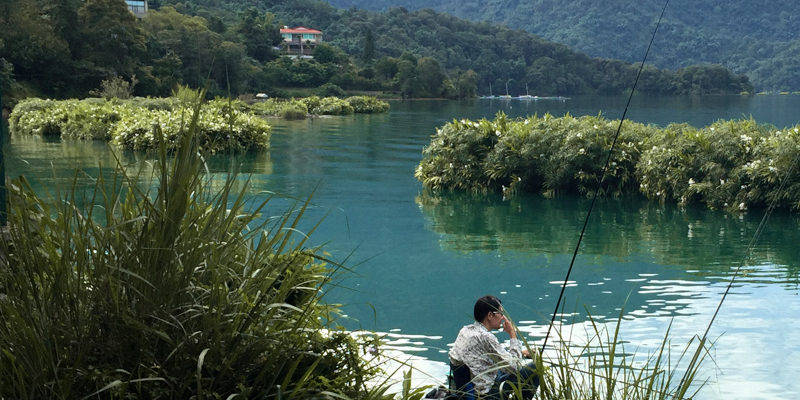
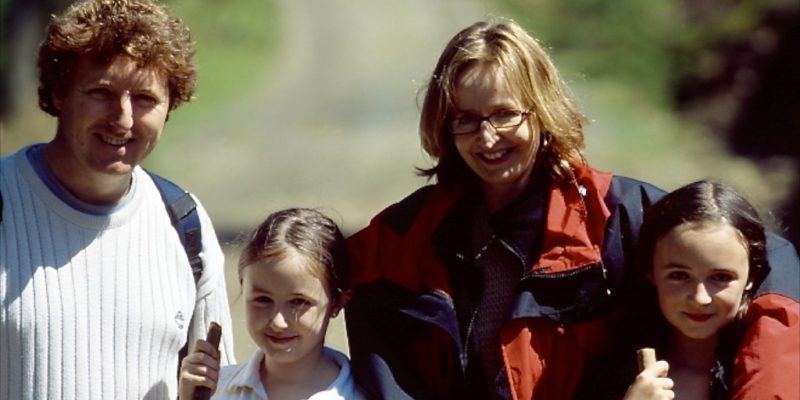

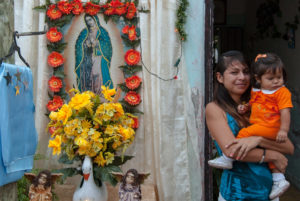
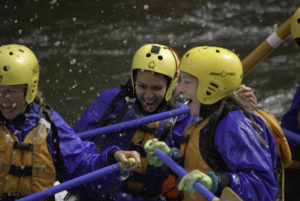
Leave a Reply